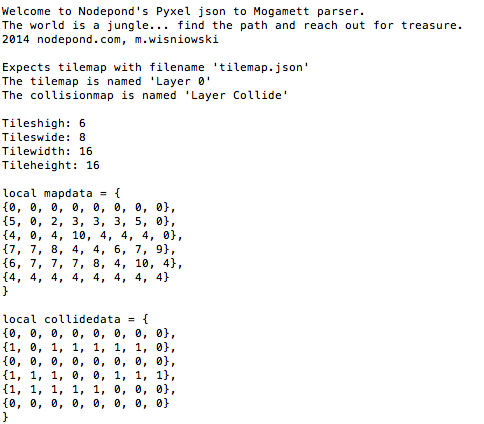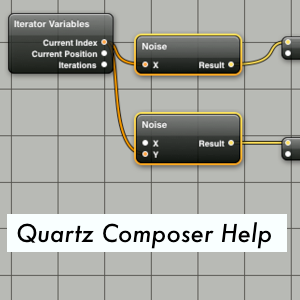Let’s name it… It was a music month!
(Please like the Nodepond-Facebook-Page if you haven’t already!)
Evoke
Demoparty Evoke in Cologne was a blast again! I made a DJ-set in front of really open-minded people. Enjoyable! I was able to play some brillant and some weird vinyls as well. Had also my videobeamer at hand made some wildbeamin’ in the hall.

Gamescom
It was Gamescom again in Cologne. This year with another new big number of visitors. My highlights this year were indie-games i.e. indie mega-booth and the huge, renewed retro-game part of the fair. Indie games really get better and better.
C3S
The C3S – the fair alternative to the GEMA – made a barcamp and their annual “Generalvollversammlung”, where we could all vote about ongoing things about the C3S. The people and the atmosphere was open and very constructive. Awesome people who make this thing. Be a part of it and join the C3S. It is really worth to support the goals of the C3S.
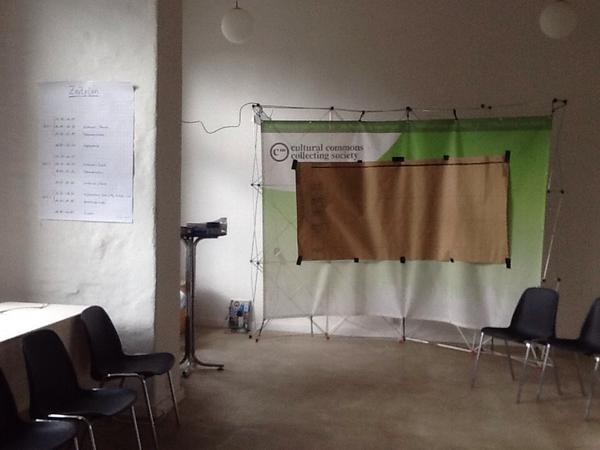
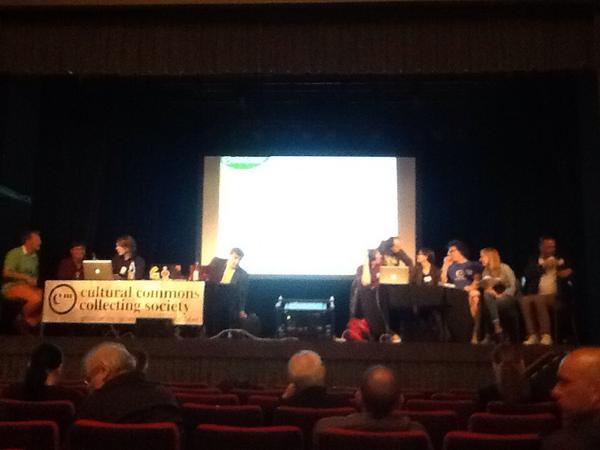
Micro Nord
I obtained a new interesting piece of hardware: the Nord Micro Modular. Small, compact, easy to transport, lots of sound-design possibilities and excellent sound. It is from the mid 90iers, but still a very good piece of hardware. It took me some time, to get the vintage programming-software up- and running, but I made it and here is the first patch I made. A chiptunes adventure. I am very curious about new wired sounds coming up – since I am into algorithmic music right now – all possible with the modular design of this piece of hardware!
Drehkommando
We are still debating about progressing the “Drehkommando” (our little concept of pulling together some MIDI-gear and making live-improvisation from scratch). Current thoughts develop into the direction of trying sound-installations and live-coding as well. The next staging will be on the 8th November 2014. Maybe there will be some more (open) studio sessions before as well.

Own projects
Small increments on own projects. Next week notes we will have content to show!

A work-in-progress sketch of SuperSonic
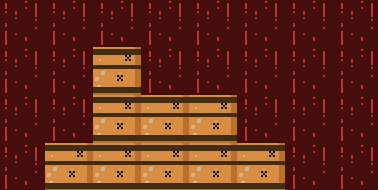
Some pixelart-sketches…
vvvv-Stammtisch
vvvv-UserGroup meeting again at the Dingfabrik. This time I learned deeper insights of shader-coding. Awesome!
Drehbar
The Digitac e.V. – a digital art culture space in Aachen – tried a new format. The so called “Drehbar”. It is a little bit like “Drehkommando” meets “Demoscene” and I am very curious into what sort of event this one will develop. I was invited the live-improvise that night with others – and the night turned out to be awesome! We made in parts the live-score to the movie Metropolis. We jammed five hours of very nice electronic music from scratch. Just like I said: in Aachen you sometimes experience surprises. The next Drehbar is scheduled for the 27. September 2014.
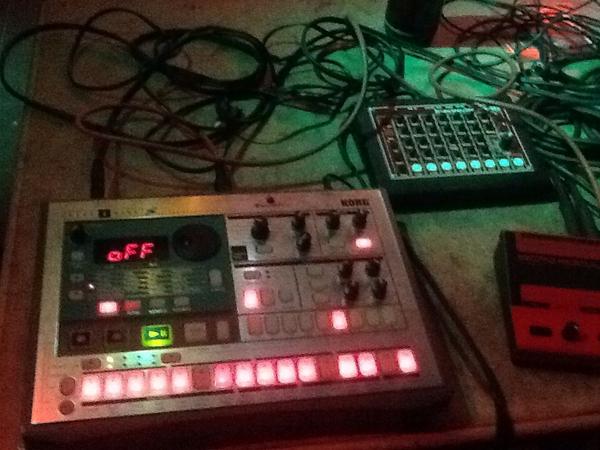
…and much much more
There was still more stuff, but this article is already this long. If you want to get more accurate updates on my activities, connect via Twitter: @nodepond.
